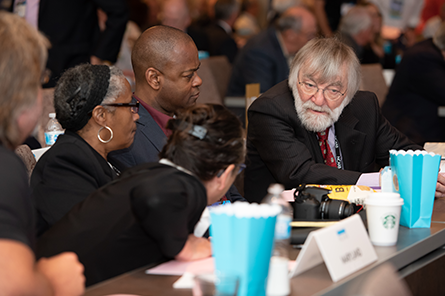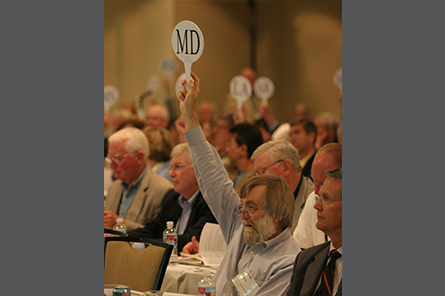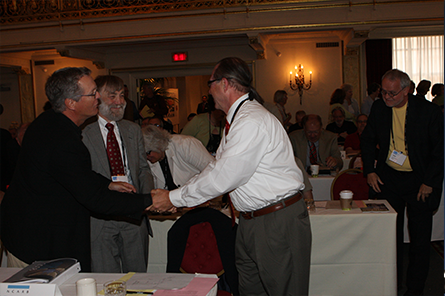Maryland
Law Passed: July 1935 • Joined NCARB: 1936 • Region 2—Middle-Atlantic (1965)
The Components of Licensure
Education
1957: Applicant must hold a degree from a NAAB-accredited school of architecture or a foreign school of architecture that the board considers equivalent, or document additional experience.
2010: The board’s current education alternatives are established, including 10 years of experience outside of the IDP for candidates with no college degree.
Experience
1970: Three years of experience are required for applicants with a NAAB-accredited degree; other applicants must document 13 years.
1990: The IDP is required, along with additional experience for individuals without a NAAB-accredited degree.
Examination
1954: Maryland models its examination after NCARB’s syllabus.
1971: Maryland begins administering NCARB’s Professional and Equivalency examinations.
Noteworthy
In the 1980s, Maryland reduced the minimum age required for licensure from 25 to 18.
In 2005, Maryland began requiring continuing education for license renewal.
Notable People
NCARB President
2010: Andrew W. Prescott (Potomac)
Additional Members of the NCARB Board of Directors
1971-73: William T. Booth (Salisbury)
1984-88: Gilbert D. Cooke, FAIA (Baltimore)
2006-08: Stephen L. Parker, FAIA (Bethesda)
2017-Present: Paul D. Edmeades (Bel Air)
First President/Chairman:
1935: Clyde N. Fritz (Baltimore)
First Board Members:
Howard M. Mottu (Baltimore)
Amos J. Klinkhart (Hagerstown)
James R. Edmunds Jr. (Baltimore)
Corner Fenhagen (Baltimore)
First License Issued
1936: Clyde N. Fritz (Baltimore)
NCARB President Medalists
1996: Daniel W. Bennett Jr. (Columbia)
2008: Andrew W. Prescott (Potomac)
2011: David Cronrath (College Park)
2012: Stephen L. Parker, FAIA (Bethesda)



